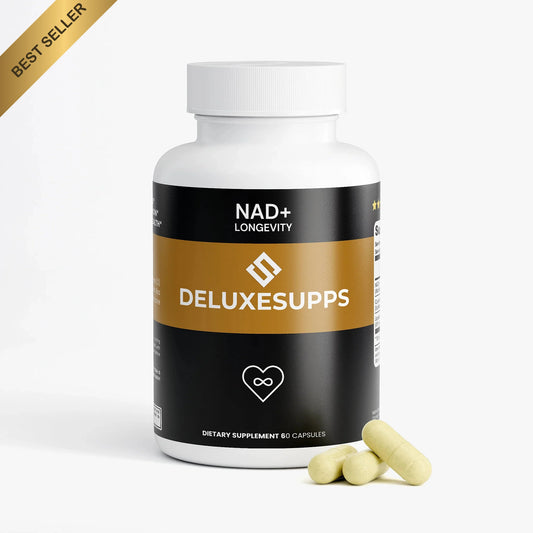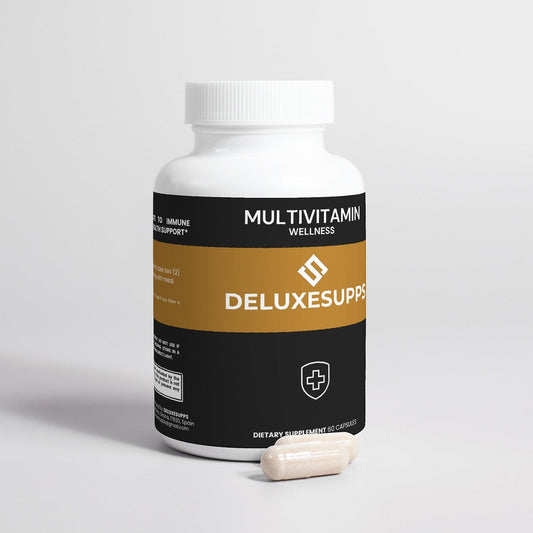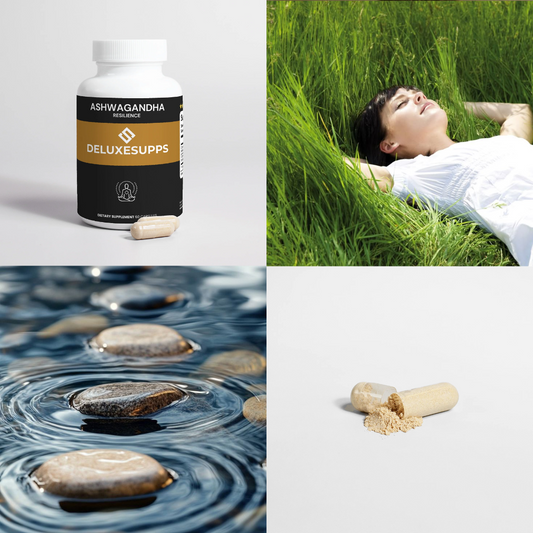Updated on: 2025-11-12
Table of Contents
- 1. Introduction to Retinol Face Cream for Wrinkles
- 2. Benefits & Reasons: Why Retinol Face Cream for Wrinkles Remains a Top Choice
- 3. Choosing a Retinol Face Cream for Wrinkles: Formulas, Strengths, and Labels
- 3.1 Understanding Retinol Anti-Aging Face Cream Concentrations
- 3.2 Retinol Face Cream for Wrinkles for Sensitive Skin and Beginners
- 3.3 What Defines the Best Retinol Face Cream for Deep Wrinkles Over 50
- 4. Retinol Night Cream: Timing, Layering, and Routine Planning
- 4.1 Simple Evening Routine Steps for Beginners
- 5. Retinol Wrinkle Cream vs Tretinoin Cream for Wrinkles: Key Differences
- 6. Safety, Tolerance, and Patch Testing with Retinol Face Creams
- 7. FAQ on Retinol Face Cream for Wrinkles
- 8. Final Thoughts & Recommendations on Retinol Face Cream for Wrinkles
- 9. About the Author
Introduction to Retinol Face Cream for Wrinkles
Retinol face cream for wrinkles is a cosmetic staple for those seeking a more refined appearance and a smoother-looking complexion. As a derivative of vitamin A, retinol is included in many over-the-counter creams positioned for visible skin-surface refinement. A carefully chosen retinol wrinkle cream can align well with goals such as improving the look of texture and tone, while fitting into a simple nightly routine.
This guide focuses on practical selection criteria, routine design, and label literacy. It also explains how a retinol anti-aging face cream compares to a full-strength prescription alternative, tretinoin cream for wrinkles, so you can better understand the landscape before you shop.
Benefits & Reasons: Why Retinol Face Cream for Wrinkles Remains a Top Choice
Many consumers choose retinol-based creams because they are widely available, come in different strengths, and are designed to support a smoother, more even-looking skin surface. Retinol night cream options are especially popular for those who prefer a set-and-forget evening step that layers beneath a moisturizer.
Other reasons include flexibility in texture and format. There are rich creams for dry skin, gel-cream hybrids for normal skin, and lightweight lotions for those who prefer fast absorption. Fragrance-free options are common, which can be helpful when building a routine that prioritizes comfort.
Finally, retinol face cream for wrinkles can be integrated with other core cosmetic steps such as gentle cleansing and broad hydration. This streamlined approach helps users stay consistent, which is often essential when evaluating the look and feel of skin over time.
Choosing a Retinol Face Cream for Wrinkles: Formulas, Strengths, and Labels
Reading labels matters. Concentration, retinol type, and supporting ingredients influence how a product feels on the skin and how it fits into your nightly routine. Consider these factors while evaluating options:
- Concentration clarity: Many brands list a retinol percentage. Lower percentages are typically designed for gradual introduction, while mid-range strengths are marketed for more seasoned users.
- Retinoid form: Some products use pure retinol, while others include stabilized complexes or encapsulated retinol. Encapsulation can help with a more controlled release profile during application.
- Texture and finish: Creams with ceramides, glycerin, or squalane may feel richer and supportive. Lightweight gel-creams may suit combination or oil-prone skin.
- Fragrance, dye, and essential oils: Fragrance-free and dye-free options are common and can be a good starting point for comfort-focused users.
- Packaging: Opaque tubes and airless pumps help protect retinol from light and air exposure during normal use.
Understanding Retinol Anti-Aging Face Cream Concentrations
Concentration guides intensity. A retinol anti-aging face cream at a lower listed percentage is often positioned for beginners or for those who prefer a gentle, steady introduction. Moderate listed percentages may be of interest to users who are already comfortable with retinoids. High listed percentages are niche and are typically adopted by advanced users who watch for comfort and cosmetic tolerance.
If a label does not include a percentage, check for clues in the product description, words like “beginner,” “gentle,” or “advanced,” and the presence of comfort supports such as ceramides and hyaluronic acid.
Retinol Face Cream for Wrinkles for Sensitive Skin and Beginners
When exploring a retinol face cream for wrinkles for sensitive skin and beginners, look for fragrance-free formulas with barrier-supporting ingredients. Ceramides, cholesterol, panthenol, and soothing extracts are commonly included to improve the feel of comfort. Start with a pea-sized amount and space out applications as needed while you evaluate cosmetic tolerance. Many users prefer a “buffering” approach at first, applying moisturizer before and after retinol to soften the feel of the step.
What Defines the Best Retinol Face Cream for Deep Wrinkles Over 50
There is no single “best” product for everyone. However, the best retinol face cream for deep wrinkles over 50 often checks a few boxes: stable packaging, clear strength communication, supportive hydrators, and a texture that suits the skin type. Mature skin can benefit from richer textures that reduce the tight or dry feel that sometimes accompanies retinoid steps. Consider formulas that pair retinol with lipids and humectants for a balanced nightly experience.
If you prefer a wide range of product options in one place, explore broad assortments that can be filtered by strength, format, and finish. For a quick starting point, you can browse All products or use the on-site Search feature to compare labels and textures.
Retinol Night Cream: Timing, Layering, and Routine Planning
Many shoppers prefer a retinol night cream for simplicity. Nighttime routines reduce daytime product interactions and help keep the process clear. A straightforward plan keeps layers minimal to support comfort.
Layering strategy can be simple. Cleanse with a mild, low-foam cleanser. Pat dry, then apply a small amount of retinol wrinkle cream, focusing on even, thin coverage. Follow with a supportive moisturizer. If your skin feels dry, consider adding a drop of a bland facial oil after your moisturizer.
Simple Evening Routine Steps for Beginners
- Cleanse: Use a gentle, non-stripping cleanser and rinse with lukewarm water.
- Dry: Pat the face dry. Avoid rubbing.
- Apply: Use a pea-sized amount of retinol face cream for wrinkles and distribute thinly.
- Moisturize: Seal with a fragrance-free moisturizer to support comfort.
- Space Out: Begin every few nights as needed to evaluate tolerance before increasing frequency.
These steps are a general, cosmetic approach and can be adjusted based on product directions and how your skin feels.
Retinol Wrinkle Cream vs Tretinoin Cream for Wrinkles: Key Differences
Retinol wrinkle cream is sold over the counter and comes in many textures, from gel-creams to rich moisturizers. It is common in anti-aging aisles because it is versatile and easy to integrate into nightly routines. In contrast, tretinoin cream for wrinkles is a prescription option in many regions. Labels, strengths, and usage guidance for prescription products are regulated and should be followed as directed on their packaging and by the issuing professional.
From the shopper perspective, over-the-counter retinol anti-aging face cream offers flexibility and accessibility. Prescription options have different access pathways and may be used under professional oversight. The best choice depends on personal preference, access, and comfort with the routine. Always read the label and follow use directions for whichever option you select.
Safety, Tolerance, and Patch Testing with Retinol Face Creams
Comfort and consistency go hand in hand. When trying a new retinol face cream for wrinkles, many users prefer to patch test on a small area away from the eyes to check for cosmetic tolerance. Signs like dry feel, tightness, or visible flaking are commonly discussed in consumer settings; spacing out applications, increasing moisturizer use, or choosing a lower listed percentage can help maintain comfort.
Additionally, protect the formula from light and heat. Keep the cap closed, store in a cool, dry place, and use within the label’s period-after-opening window. If you ever notice changes in color, odor, or texture, it may be time to replace the product.
If you want to keep learning about ingredient-focused routines and compare options before you buy, you can also browse educational posts in the store’s Blog or return to the Storefront to explore new arrivals and bestsellers.
FAQ on Retinol Face Cream for Wrinkles
How long does retinol face cream take to reduce wrinkles?
Timelines vary. Many consumers monitor the look and feel of their skin over several weeks of consistent use, and continue to reassess after a few months. Product strength, texture, and routine consistency all influence the user experience. For the most reliable guidance, follow the specific directions on your product’s label.
Can I use retinol face cream for wrinkles every night?
Frequency depends on your product’s directions and your comfort. Beginners often start less frequently and increase as tolerated. If your skin feels tight or looks flaky, spacing out applications and using a supportive moisturizer can help maintain comfort. Always follow the usage instructions provided by the brand.
Is retinol night cream suitable for sensitive skin?
Many brands offer fragrance-free, low-percentage options designed for gradual introduction, which may be suitable for those with sensitivity concerns. Look for creams that include barrier-supporting ingredients such as ceramides and panthenol. Introduce slowly and monitor how your skin feels, then adjust the routine as needed based on label guidance.
Final Thoughts & Recommendations on Retinol Face Cream for Wrinkles
Retinol face cream for wrinkles remains a practical, accessible option for consumers who want a straightforward nightly routine. Focus on clarity: choose a concentration that matches your comfort level, favor stable packaging, and build a minimal routine that supports hydration and ease. If you are selecting your first retinol anti-aging face cream, consider a lower listed percentage, a fragrance-free formula, and a texture that suits your skin type.
When you are ready to compare labels and textures, browse a wide selection in one place. Start with the All products page, use Search to narrow by “retinol,” scan the Blog for ingredient insights, or visit the Storefront for curated picks. A consistent, comfortable routine usually begins with a well-chosen product and a plan you can follow nightly.
About the Author
Deluxesupps Deluxesupps
Deluxesupps Deluxesupps is a skincare content specialist focused on product education, routine design, and label literacy. With a background in ingredient-driven analysis, Deluxesupps Deluxesupps helps readers compare textures, strengths, and formats confidently. Thank you for reading—wishing you clarity and comfort on your skincare journey.
The content in this blog post is intended for general information purposes only. It should not be considered as professional, medical, or legal advice. For specific guidance related to your situation, please consult a qualified professional. The store does not assume responsibility for any decisions made based on this information.












